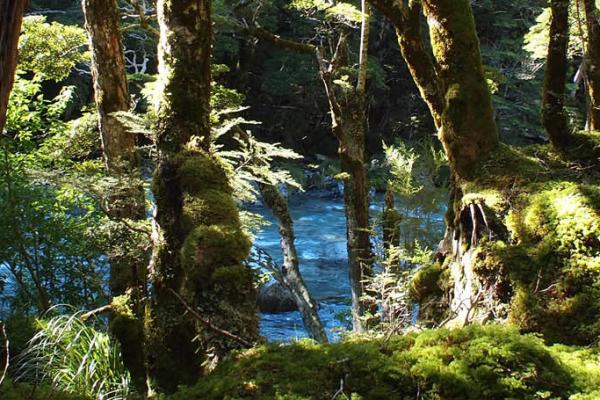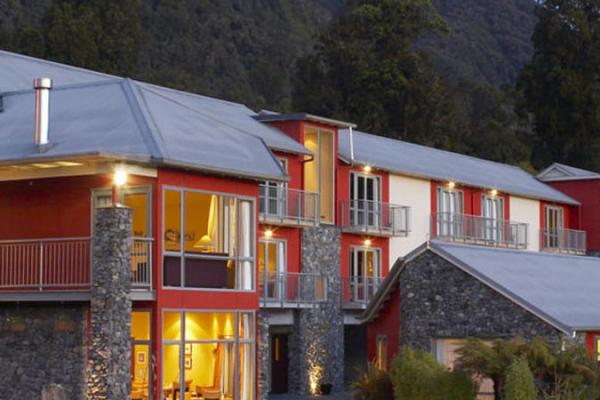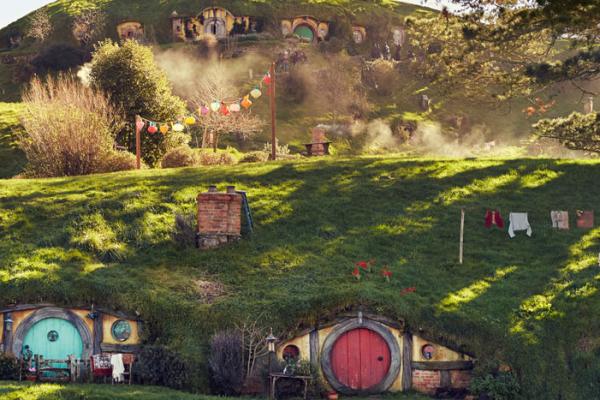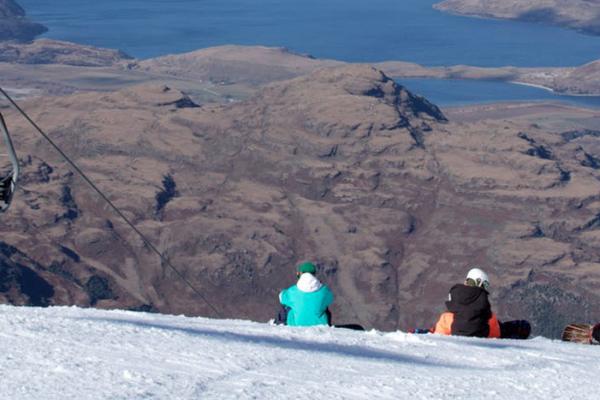When to Come
New Zealand begs to be explored regardless of what time of the year you're here. The climate in New Zealand is generally temperate which results in moderate temperatures more or less year round.
You'll want to remember that as New Zealand is in the Southern Hemisphere, the seasons here are reversed to those in the Northern Hemisphere. November to April are the warmer high season months, while June to August are the cooler low season months. It's generally warmer on the North Island, with temperatures on the South Island typically about 4 - 6 degrees cooler. As you might expect, the higher in the mountains you go, the colder it gets - year round.
The winter months are undoubtedly the quieter months around most of New Zealand. You can expect cooler temperatures (5 - 15 degrees) and fewer crowds with beach communities often all but be deserted. While the Winter is the low season in most places, the ski resorts in NZ swell with visitors from all over the world over these months. Expect crowds in Queenstown, Wanaka and the North Island's Central Plateau (Ruapehu and Taupo) during the months of June through October. Queenstown swells during the last two weeks of June each year with annual Queenstown Winter Festival.
The summer months of December through February are the busiest times of the year - especially from mid-December to early February when the schools are out on summer holidays. This is certainly one of the nicest times of the year to visit New Zealand - times when the BBQs come out and the food, wine and music festivals are in full swing. Summer means long days throughout New Zealand with them getting longer the further south you travel. At the height of the summer in December and January on the south of the South Island, there is light in the sky till almost 10pm.
You could argue that one of the best times to visit New Zealand is in either one of the "shoulder seasons" - times when the seasons are changing, the temperatures are mild and the crowds the thinnest. The Autumn months of March to May feature warm (often), dry days and cool, crisp nights. Throughout many places around New Zealand - especially Arrowtown on the South Island - the leaves are changing resulting in seas of yellows, oranges and reds in the forests.
Generally speaking, New Zealand is affected by at westerly breeze. The result of this is wetter areas on the west coasts of both islands with dryer areas on the east. This is especially apparent on the South Island with the West Coast seeing multiple metres of rain each year and Canterbury seeing hardly any. With much of New Zealand's land area being near the coast, the temperatures around the country are generally mild, 5 - 15 in the winter months and 20 - 30 in the summer months. The further inland and up you go, the more extreme they get - Queenstown, Wanaka and other South Island mountain towns will see winter temperatures of 5-10 during the day and nights with the temperature dropping as low as -10. The same holds true for inland Otago and Canterbury. Wherever you are in New Zealand, remember you can expect maritime weather patterns - that is those changing multiple times throughout the day.
As the temperatures are relatively mild all year, you can normally squeeze in just about any activity you might plan to do regardless of the season. Don't expect to be shredding pow in December, or sunning yourself on the beach in July, however you can nearly always squeeze in a walk, a tramp, or find other ways to experience New Zealand's wide variety of landscapes.
Let Us Help You Plan Your Dream New Zealand Trip
Get help creating the perfect self-drive itinerary, finding the best deal on a car or campervan rental or booking the perfect tour. We offer personalized support prior to your trip. Contact us or fill out our FREE Travel Planning Service form below.













